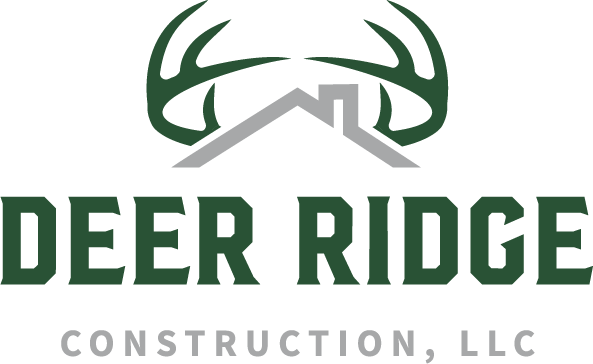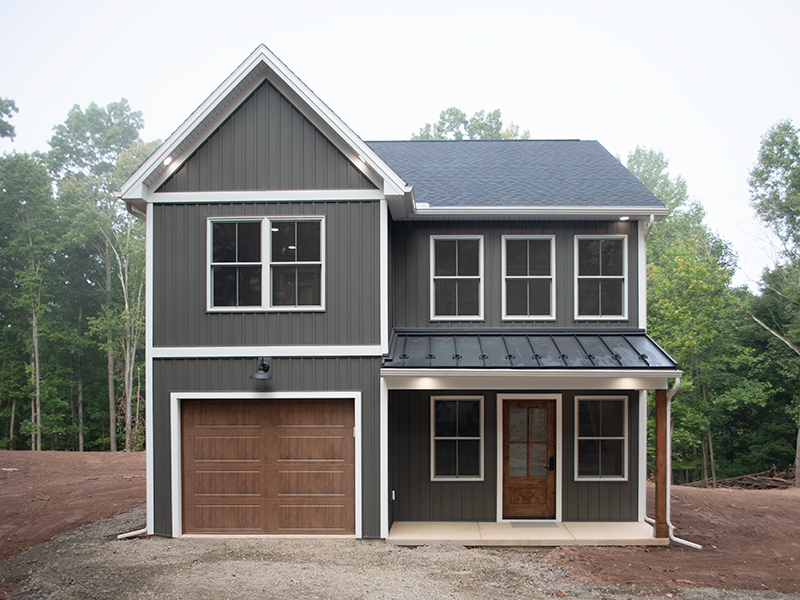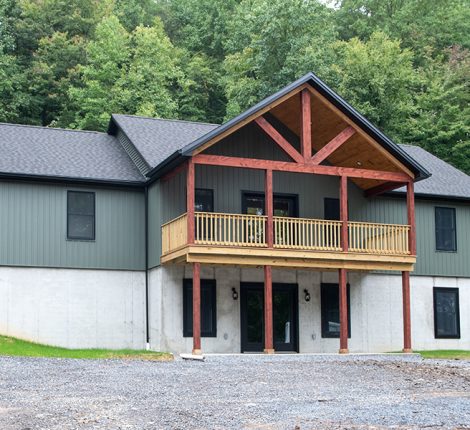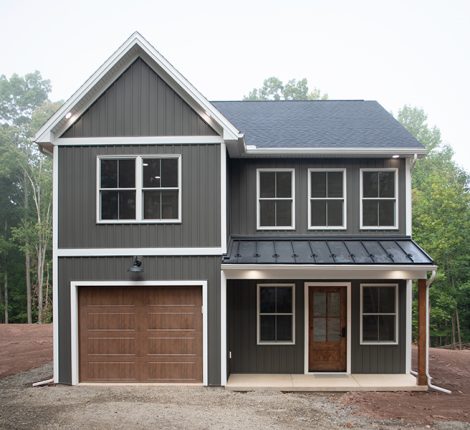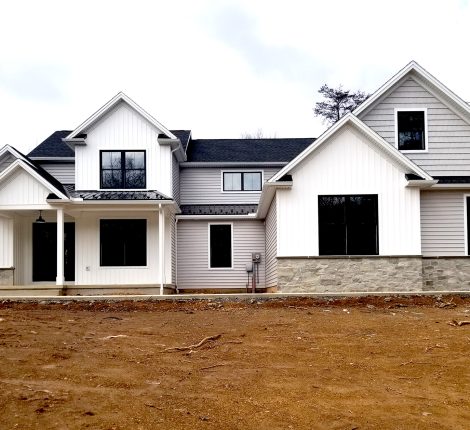Choosing Construction Materials for Your New Home
Choosing your construction materials is one of the most important decisions made in building. The materials you choose will be determined by a few factors, including budget, durability, aesthetics, and climate. You need to choose materials that have a balance between cost-effectiveness, performance, and durable quality. Below are the factors to consider and the most common materials to help you in choosing construction materials for your new home.
Factors to Consider
Budget
The budget has the most impact on the materials you will choose, as materials are one of the biggest costs in the whole construction project. The cost of the materials can be on the more expensive side, but the right materials are vital for the value and durability of your property. More expensive materials will have less maintenance needs, which will reduce long-term costs. Materials with lower initial costs will often have higher maintenance and operating costs down the line. It is necessary to determine your budget and the materials you want early in the project so you don’t discover right before construction that those materials are over budget.
Strength and Durability
The materials you choose will determine the longevity and durability of your home. When considering materials, you need to take into account how the material will stand the test of time. They need to be durable enough to withstand harsh weather conditions and strong enough to withstand compression and tension. The strength and durability of the materials will ensure you are not bombarded with high maintenance costs. Properly insulating the materials will increase their durability.
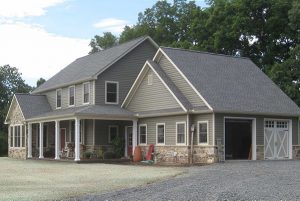
Aesthetics
The aesthetics of the new home are important, the materials you choose need to be visually appealing. You have to cater to what you want your house to look like while also making sure the new structure complements any existing structures already built. Having your home aesthetically match with your neighbors will help with decision-making, you have a visual guide on the construction materials you’ll need.
Climate
The climate of where you live can also determine the materials you should use. Some materials will work best in a certain climate but won’t work as well in others. Pennsylvania has a humid climate, building here means you need materials that can better resist moisture. Some areas have hot, dry climates, like the Southwest, that need materials that can absorb heat and cool down the building. The selected materials should harmoniously work with the climate where the structure is built.
Common Construction Materials
Concrete
Concrete gives a solid foundation for any building project and can be versatilely used to build walls, columns, beams, and stairs. It is strong and durable with high structural integrity, fire and pest resistance, and sound insulation. This option can be costly and requires more initial time and labor than other options, but it has low maintenance needs. Concrete is sustainable and it doesn’t produce any harmful compounds that could get into your home’s air.
Uses of Concrete
There are two main options for using concrete in your build, precast and poured-in. Both have high performance values, but different advantages. Precast concrete allows for more controlled production being manufactured off-site, giving consistently high-quality results. Pour-in concrete is molded on-site, giving more flexibility in the design of the house.

Lumber
Lumber is a versatile, durable, and relatively inexpensive material. It is easily sourced and can be sustainably sourced when needed. Lumber offers a classic aesthetic to your house and has good natural insulation. Different types of wood have different benefits. Cedar wood is resistant to moisture and decay, making it a great option for exterior work. Oak and maple woods have more durability and strength but are more costly. All of Deer Ridge Construction’s lumber is chemically treated to resist moisture and deter pests.
Steel
Steel is the longest-lasting material and offers a lot of structural integrity. This option is fire resistant, doesn’t attract termites, and doesn’t build up moisture as much, reducing mold. Building with steel has a faster construction time, saving costs in the long run. Steel can carry heavy loads, which is great if you want a wide-open floor plan. Using steel beams and columns means the structure won’t need load-bearing walls and pillars. Light-gauge steel framing is a strong but lightweight option that allows for specific customizations. The downside to steel is that it can be prone to corrosion and needs to be protected for it. Luckily, old rusty steel can be recycled after it has been replaced.
Building with Deer Ridge Construction
Choosing construction materials is the most important aspect of building. The materials chosen will determine how the rest of the build will go. Deer Ridge Construction builds new homes using only the finest materials, ensuring your home will be structurally sound. We work with our homeowners to build their dream homes within their budget, from cottages to mansions. Check out our completed home construction projects and contact one of our expert craftsmen to get started with building your new home.
